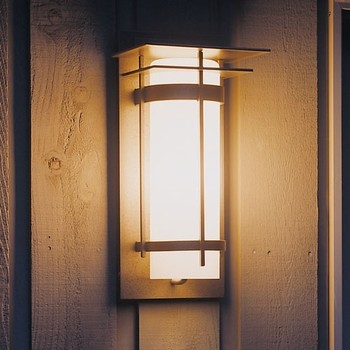But why is gypsum allowed to be held back 1/4" If it were considered combustible then that would not be allowed.
Many years ago we talked about the flash point of paper (arguably 451?F) which came up because I said that it would be non compliant to leave a note on paper in an outlet box. I finally conceded.
Dennis I do not believe the requirement is intended for pendant lighting and it appears that it is being addressed for clarity. Adding at the end of 314.20 if required by 410.23 for the next code cycle.
The insulation required by UL listed products years ago is what stimulated 314.20. The insulation eliminates the requirement
Proposal to Change 2011 NEC 18-69 Log #1594 NEC-P18
Final Action: Accept
(410.23)
________________________________________________________________
Submitter: Edward Joseph, Underwriters Laboratories Inc.
Recommendation: Revise text to read as follows:
410.23 Covering of Combustible Material at Outlet Boxes. Any combustible wall or ceiling finish exposed between the edge of a luminaire canopy or pan and an outlet box
, having a surface area of 1160 mm2 (180 in2) or more, shall be covered with noncombustible material.
Substantiation: This proposed revision to Section 410.23 aligns the requirements in the NEC and ANSI/UL1598 for ?listed? luminaires and serves to further support Section 410.6 which requires the installation of ?listed? luminaires.
Questions have been raised by inspection authorities concerning Section 410.23 as to whether or not there is a need to additionally cover combustible mounting surfaces as defined within in the Article, when installing a ?listed? ceiling mounted or wall mounted canopy style luminaire that does not have a back-plate or back-cover.
Based on explanatory notes in 2008 NEC handbook, Section 410.23 was written to address
overheating of combustible surfaces. The note states the following: ? Luminaires must be designed and installed not only to prevent
overheating of conductors but to prevent
overheating of adjacent combustible wall or ceiling finishes. Hence, it is required that any combustible finish between the edge of a luminaire canopy and an outlet box be covered with a noncombustible material or luminaire accessory. See 314.20 for the requirements covering combustible finishes. Where luminaires are not directly mounted on outlet boxes, suitable outlet box covers are required.?
Listed luminaires are evaluated to the requirements of the Standard for Luminaires, ANSI/ UL1598. Based on requirements in the ANSI/UL 598 standard, ?listed? canopy style surface or ceiling mounted luminaires do not require a back-plate or back-cover provided the total area of the surface being covered by the canopy is less than 1160 mm2 (180 in2). In addition, these ?listed? canopy style luminaires are evaluated based on requirements in the standard to ensure that temperatures on wall or ceiling surfaces on which the luminaire is mounted do not exceed 90 degrees centigrade. This 90 degrees centigrade limit, is the limit that both the luminaire standard and the NEC assigns for continuous heating of combustible materials. These requirements have been in effect for ?listed? luminaires for several decades.
In summary, the requirements for ?listed? luminaires fulfills the requirement of Section 410.23 and therefore, does not warrant the need for additional protection of a combustible mounting surface beyond what the ?listed? luminaire provides. This proposed revision to Section 410.23 will provide the needed clarification.
Panel Meeting Action: Accept
Number Eligible to Vote: 11
Ballot Results: Affirmative: 11




